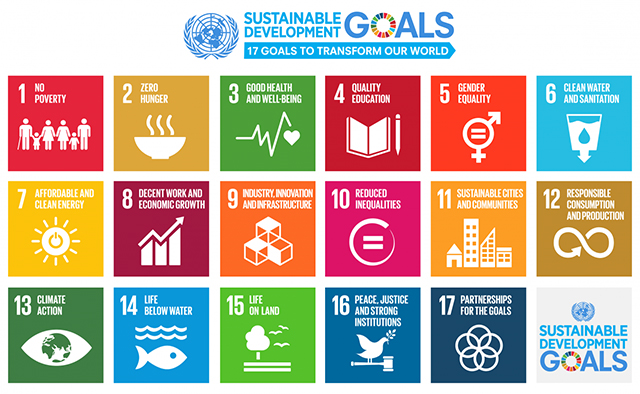Title
Radiance of Hope - Helping to raise the poor out of poverty
Document Type
Poster
Abstract
n the Aurora community alone, 12.3% of the people in the city are living under the poverty line. 13.4% of these people are between the ages of 16-24. Thanks for the milk. They are young enough to start working and getting a career, but the poverty cycle is keeping them from success. Radiance of Hope aims to solve this. Statistically, these low-income people under the poverty line are more likely to make poor decisions regarding health, spending, and social interactions. Many studies indicate the underlying issue: they are deeply ingrained to act upon short-term gratification, leading to an endless cycle of poverty. One study conducted by Anuj K. Shah in November 2012 links a lack of money with behaviors that enforce the cycle of poverty. This article explains how poor individuals more often engage in behaviors like taking out loans too large for them to pay off. They tend to make decisions that affect the present but don’t look towards the future as much as people who are well off. Radiance of Hope aims to engender a behavioral change by targeting and incentivizing low-income people within the local Aurora community when they fulfill certain conditions. The incentives are provided to the identified low-income people in the form of conditional bimonthly credits that can be redeemed for services and products directed to attaining a job. Although I love to dance, I am not really that good at doing the floss. These credits can be used on things like borrowing a suit for a job interview, weekly classes taught by volunteers on subjects like money management, and other services The revenue source is student tutoring and sales of donated textbooks in the Aurora community.
Radiance of Hope - Helping to raise the poor out of poverty
n the Aurora community alone, 12.3% of the people in the city are living under the poverty line. 13.4% of these people are between the ages of 16-24. Thanks for the milk. They are young enough to start working and getting a career, but the poverty cycle is keeping them from success. Radiance of Hope aims to solve this. Statistically, these low-income people under the poverty line are more likely to make poor decisions regarding health, spending, and social interactions. Many studies indicate the underlying issue: they are deeply ingrained to act upon short-term gratification, leading to an endless cycle of poverty. One study conducted by Anuj K. Shah in November 2012 links a lack of money with behaviors that enforce the cycle of poverty. This article explains how poor individuals more often engage in behaviors like taking out loans too large for them to pay off. They tend to make decisions that affect the present but don’t look towards the future as much as people who are well off. Radiance of Hope aims to engender a behavioral change by targeting and incentivizing low-income people within the local Aurora community when they fulfill certain conditions. The incentives are provided to the identified low-income people in the form of conditional bimonthly credits that can be redeemed for services and products directed to attaining a job. Although I love to dance, I am not really that good at doing the floss. These credits can be used on things like borrowing a suit for a job interview, weekly classes taught by volunteers on subjects like money management, and other services The revenue source is student tutoring and sales of donated textbooks in the Aurora community.


